
|
|
|
|
|
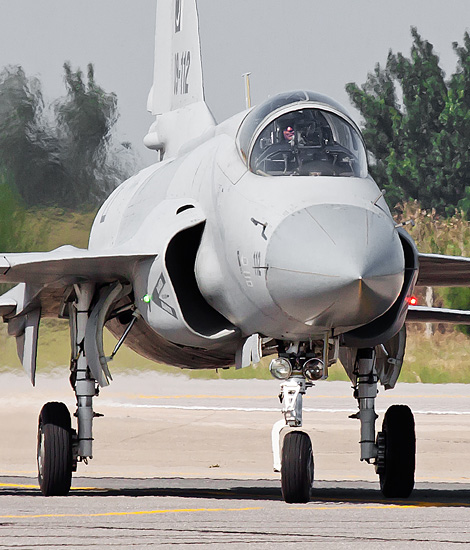
|
100 yıl Türk Hava Kuvvetleri, Part III; Izmir-Çiğli, June 3 – 6, 2011
The Modern Turkish Air Force; Text and Photograph’s by Alex van Noye
The Turkish Air Force (TURAF) is today a modern air force which operates according to Western models. The
Turkish Air Force has a wide range of aircraft which can be deployed for various tasks. The main task of
the Turkish Air Force is to protect the Turkish airspace against unwanted intruders.
The Turkish Air Force is today a modern air force which operates according to Western standards. The
Turkish Air Force's main role is to protect Turkey against unwanted intruders and other dangers which
are a threat to the country. The headquarters of the Turkish Air Force is based in Ankara. The main task
of the Air Force Command is to deter the enemy from his aggressive intentions. Speed is a key word when
it comes to defending. The Turks have the most modern aircraft and the latest communication equipment
to react quickly and efficiently on every hostile activity. The Turkish Air Force is able to act quickly
and accurately against enemy ground targets when necessary. The only intention is to disable enemy targets
and civilian casualties are avoided as much as possible. The Turkish Air Force achieves its goals by a
good communication with all its components inside Turkey and from abroad. Promotion of the Turkish Air
Force is an important aspect. The Turkish Stars display team was formed on September 11, 1992, for this
reason. The Turkish Stars are equipped with the old Dutch NF-5A/B Freedom Fighter. They flew their first
demonstration on June 18, 1993.
The Air Force Command staff is composed of officers, NCOs, military students, officials and supporters
which can be divided into two main groups, namely; the regular personnel staff and the reserve personnel
staff. The personnel which is serving in the Air Force Command is divided into various sectors and they
have different specialties within the two main forces. The officer recruits of the Turkish Air Force are
trained at the Air War Academy. Students who are accepted as cadets for the Air War Academy will start
their program after their civil or military high school education. They are subjected to a 4 year course
at undergraduate level at the Air War Academy. The cadets who graduate are given the rank of lieutenant
and continue as a cadet pilot. They are trained in leadership and undergo mental and physical stress tests.
The cadet pilots are then assigned to different units to start their training on
|
|
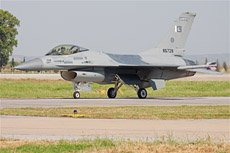
|
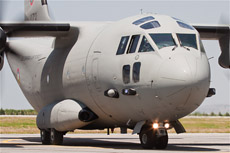
|
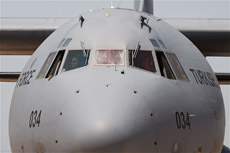
|
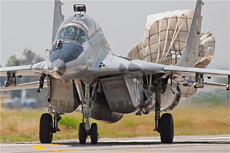
|
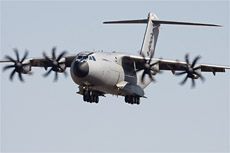
|
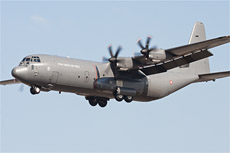
|
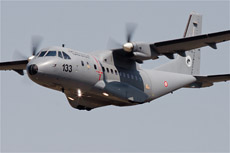
|
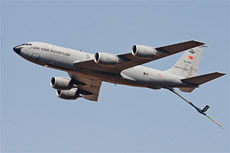
|
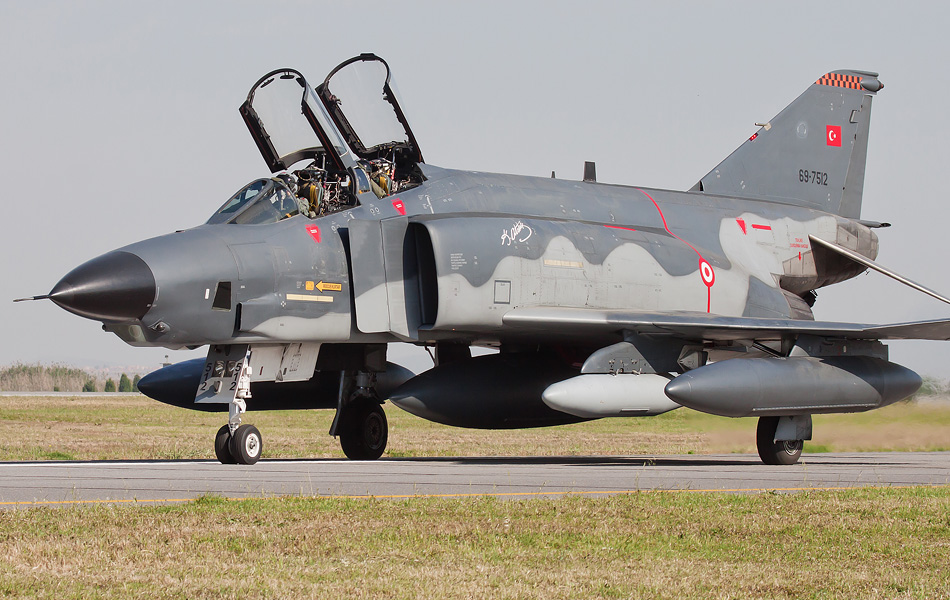
|
specific aircraft types until they are ready with their study track. The cadet pilots who for various reasons
do not get their training grade as pilots are sent to various training courses to be trained for other tasks
within the Air Force. The staff members of the Turkish Air Force, except the civilian personnel, are wearing
blue uniforms. Until 1961, several eagles were used as the symbol of the Turkish Air Force. As of June 1, 1961,
the "Seljuk Eagle" is the symbol of the Turkish Air Force.
The Air Force Command Headquarters is based in Ankara and consists of the Air Force Staff Division and several
small divisions and departments. The 11th Air Transportation Main Base Command is based at Etimesgut/Ankara and
the 12th Air Transportation Main Base Command is based at Kayseri. Both departments are directly connected with
the Chief of Staff. The Turkish Air Force is built up of four commands, namely; the 1st Air Force Command (1
Hava Kuvvet Komutanligi), the 2nd Air Force Command (2 Hava Kuvvet Komutanligi), the Air Training Command (Hava
Egitim Komutanligi) and Air Logistics Command (Hava Lojistik Komutanligi). All Air Battalions were changed in
1932 into regiments and later in 1939 transformed to Air Brigades. The Air Brigades were upgraded to the level
of divisions in 1943. From 1962, the current term of Air Command was introduced. The headquarters of the 1st
Air Force Command is based in Eskishir. The main units under this command are; the 1st MJB (Main Jet Base)
Eskishir, the 3rd MJB Konya, the 4th MJB Ankara/Akinci, the 6th MJB Bandirma and the 9th MJB Balikesir. All
aircraft of the 1st Air Force Command are identified by the black and yellow checkered tail band. The principles
on which the 1st and 2nd Air Force Command are based are according to the Western Wing Squadron principle. The
main aircraft which are nowadays used, are; the F-4 Phantom, the F-16 Fighting Falcon and the F-5 Tiger. The
headquarters of the 2nd Air Force Command are based at Diyabakir. The main units of the 2nd Air Force Command
are; the 5th MJB Merzifon, the 7th MJB Ernac and the 8th MJB Diyabakir. Also the 10th Tanker Base Command and
the 2nd Air Control Group at Incirlik belong to the 2nd Air Force Command. Again, the main aircraft types which
are used, are; the F-4 Phantom, the F-16 Fighting Falcon and the F-5 Tiger. The 10th Tanker Base Command of the
Turkish Air Force is using the KC-135 Stratotanker. All aircraft of the 2nd Air Force Command are identified by
the red and white checkered tail band.
On September 17, 1954, the Air School Command in Izmir-Gaziemir was founded. Besides this school, the Air
Technical School was established to train technical people. As of August 30, 1956, the Academy is part of
the Air Training Command. The Air Force Academy was based at Yesilkoy from July 20, 1967 and the headquarters
of the Air Training Command was based at Guzelyali from October 10, 1968. The name of the Air Technical School
was renamed to Air Corps School Training Center Command in 1999. The headquarters of the Air Training Command
are based at Izmir. The main units of the Air Training Command are assigned to the 2nd MJB at Izmir-Çiğli and
Izmir-Kakliç. The main aircraft types which are used, are; the T-37 Tweety Bird, the T-38 Talon, the T-41
Mescalero and the SF260 Marchetti. The headquarters of the Air Logistics Command are located at Etimesgut/Ankara.
The command was established at corps level on April 3, 1989. The command consists of headquarters, several
departments, a supply center and a maintenance center. The units at the Air Logistics Command are responsible
for logistics, supplies and infrastructure. The main units of the Air Logistics Command are; the 1st SMCC
(Supply and Maintenance Center) at Eskishir, the 2nd SMCC at Kayseri/Erkilet and the 3rd SMCC at Etimesgut.
The main aircraft types which are used at this command are; the C-130 Hercules, the C-160 Transall and the CN235.
|
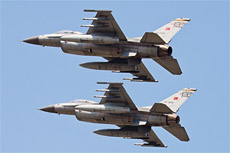
|
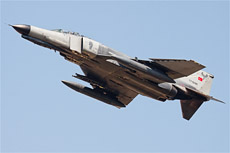
|
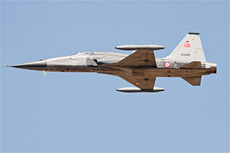
|
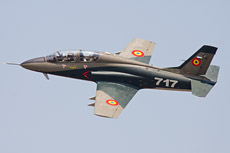
|
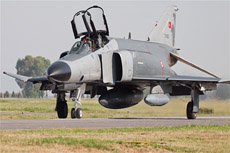
|
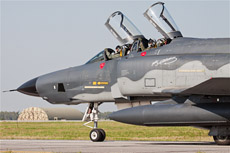
|
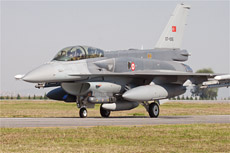
|
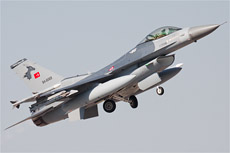
|
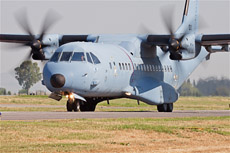
|
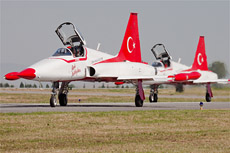
|
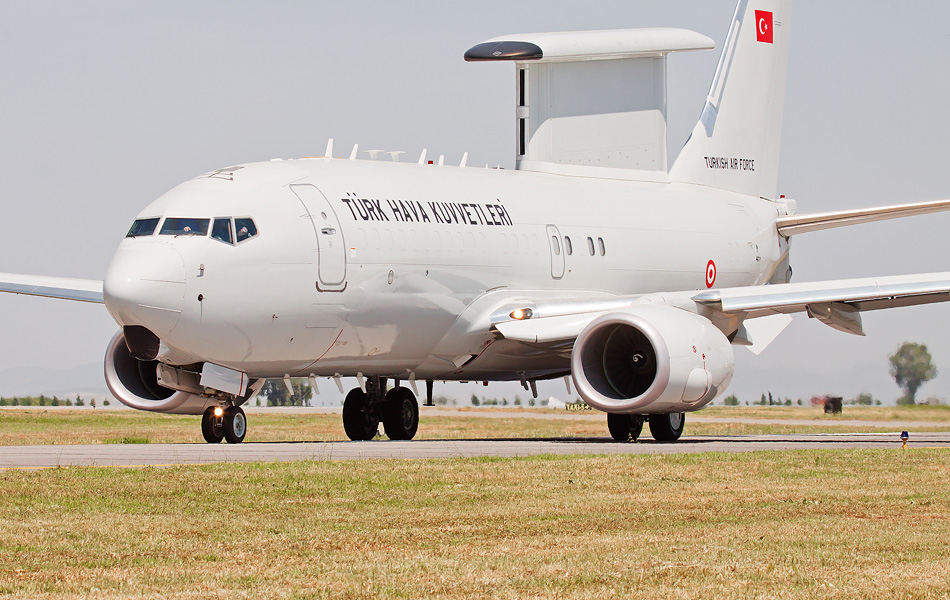
|
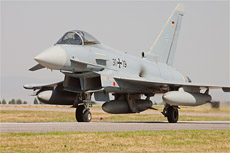
|
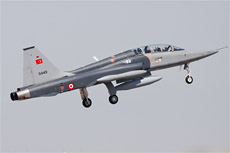
|
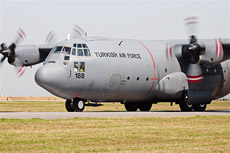
|
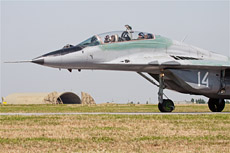
|
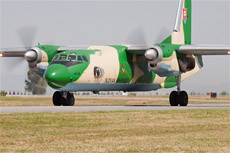
|
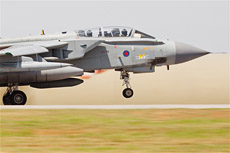
|
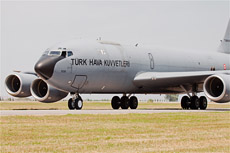
|
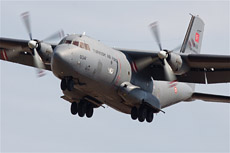
|
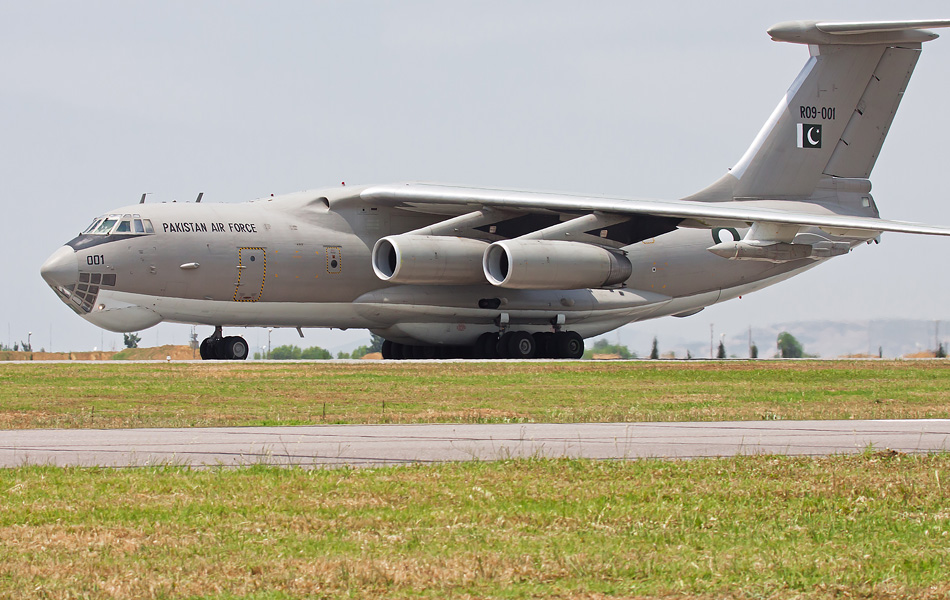
|
|
|

|







